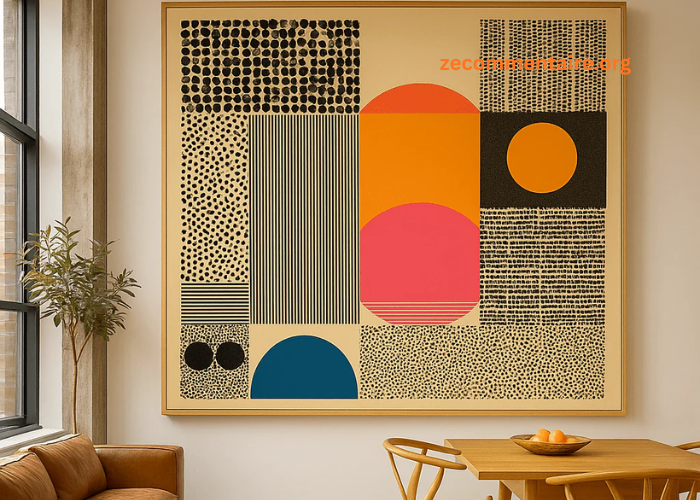Choosing a suitable fabric is fundamental to crafting a successful clothing line. With numerous options available—from natural to synthetic—understanding each type’s characteristics can significantly impact your product’s quality and consumer satisfaction. The ideal fabric not only complements the style of the garment but also meets the functional needs of the wearer. For example, sportswear requires fabrics that offer flexibility and moisture-wicking properties, whereas formalwear demands materials that maintain a crisp, polished appearance. Selecting the correct option and obtaining materials from reliable fabric suppliers can improve the practicality and visual attractiveness of the clothing, making it more appealing to customers. Additionally, understanding the unique properties of different fabrics can help in cost management, enabling you to select materials that align with your budget without compromising quality.
Types of Fabrics
Natural Fabrics
Natural fabrics like cotton, linen, and wool are derived from plants and animals. Cotton is known for its softness and breathability and is suitable for various clothing. Linen, from flax, is lightweight and cooling for summer. Wool from sheep offers insulation for warmth. Innovations in fabric tech improve durability and versatility for modern fashion.
Synthetic Fabrics
Synthetic fabrics like polyester, nylon, and spandex are chemically made and praised for durability, wrinkle resistance, and shape retention. Although they lack breathability compared to natural materials, technological advancements have created improved versions with added benefits like moisture-wicking and UV protection.
Blended Fabrics
Blended fabrics combine natural and synthetic fibers for comfortable, durable materials. For example, a cotton-polyester blend mixes cotton softness with polyester strength and wrinkle resistance. These blends balance cost, performance, and aesthetics, making them famous for various garments. Tailored blends can enhance stretch, durability, and ease of care, meeting consumer preferences from casual to performance wear and supporting sustainability with recycled or organic fibers.
Factors to Consider When Choosing Fabric
Comfort and Performance
Comfort is crucial in fabric choice, influencing consumer satisfaction and wearability. A fabric’s softness, breathability, and moisture-wicking abilities contribute to its comfort. Performance features are essential for activewear and athletic clothing. Materials such as lycra are well-known for their stretchiness, enabling improved flexibility and shape retention. Fabrics that wick away moisture help to keep the person dry and comfortable while engaging in physical activities. By prioritizing comfort and performance, designers can create garments that are not only stylish but also functional, meeting the demands of active lifestyles. Additionally, the ability to blend performance with aesthetics opens new doors in fashion design, making it possible to create versatile pieces that transition seamlessly from gym to casual wear.
Durability and Maintenance
Durability is essential for consumers seeking long-lasting clothing. Fabrics that resist pilling, fading, and shrinking survive frequent washing and extensive use, offering better value for money. Polyester’s strength and low-maintenance qualities make it a favored choice for many applications, from everyday wear to specialized garments. Additionally, easy-care fabrics that require minimal ironing and withstand machine washing are increasingly favored in today’s fast-paced world. The ability to maintain a garment’s appearance and functionality over time plays a significant role in consumer purchasing decisions, emphasizing the need to choose fabrics that offer lasting durability with minimal upkeep. Moreover, developing anti-microbial and odor-resistant treatments for fabrics further enhances their appeal, providing extra value for every day and activewear pieces.
Environmental Impact
The environmental impact of fabric choices is a growing concern within the fashion industry. The production processes for natural and synthetic fabrics have varying ecological footprints. Natural fabrics often require significant water and chemical inputs, while synthetic fabrics contribute to pollution and generate microplastics. Many brands are shifting towards more sustainable alternatives to minimize their ecological impact. Efforts include the development of fabrics that use less water and energy during production, as well as the adoption of circular fashion principles that emphasize recycling and upcycling materials to reduce waste.
Sustainable Fabric Options
With the rising awareness of environmental sustainability, eco-friendly fabrics are gaining popularity. Organic cotton, grown without harmful pesticides, offers a more sustainable alternative to conventional cotton. Bamboo fabric is another sustainable choice, known for its rapid growth and minimal resource requirements. Recycled polyester, made from discarded plastic bottles, reduces waste and decreases the carbon footprint of producing new polyester. These sustainable fabric options address environmental concerns and resonate with consumers who prioritize ethical and eco-conscious products. The shift towards sustainability reshapes the fashion industry, encouraging more responsible sourcing and production practices. Additionally, innovative materials are being explored for their minimal environmental impact and advantageous properties, further expanding the options available for sustainable fashion.
Conclusion
Selecting the appropriate fabric for your clothing line involves balancing various factors such as comfort, durability, and environmental impact. Being aware of the distinct characteristics of various fabric varieties will empower you to make well-informed choices that mirror your brand’s principles and meet your customers’ requirements. Whether you choose natural, synthetic, or blended fabrics or explore sustainable alternatives, your fabric choices will significantly impact your clothing line’s success. Prioritizing quality and sustainability in your fabric selection can elevate your brand’s reputation and appeal to a broader, more conscientious audience. As the fashion industry continues to progress, staying updated on fabric technologies and sustainable practices will assist you in creating products that meet the ever-changing demands of the market while positively contributing to the environment.




